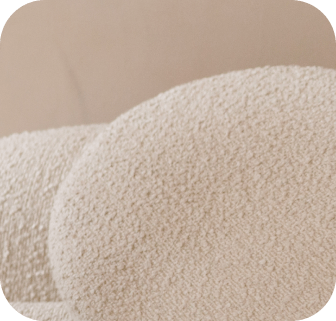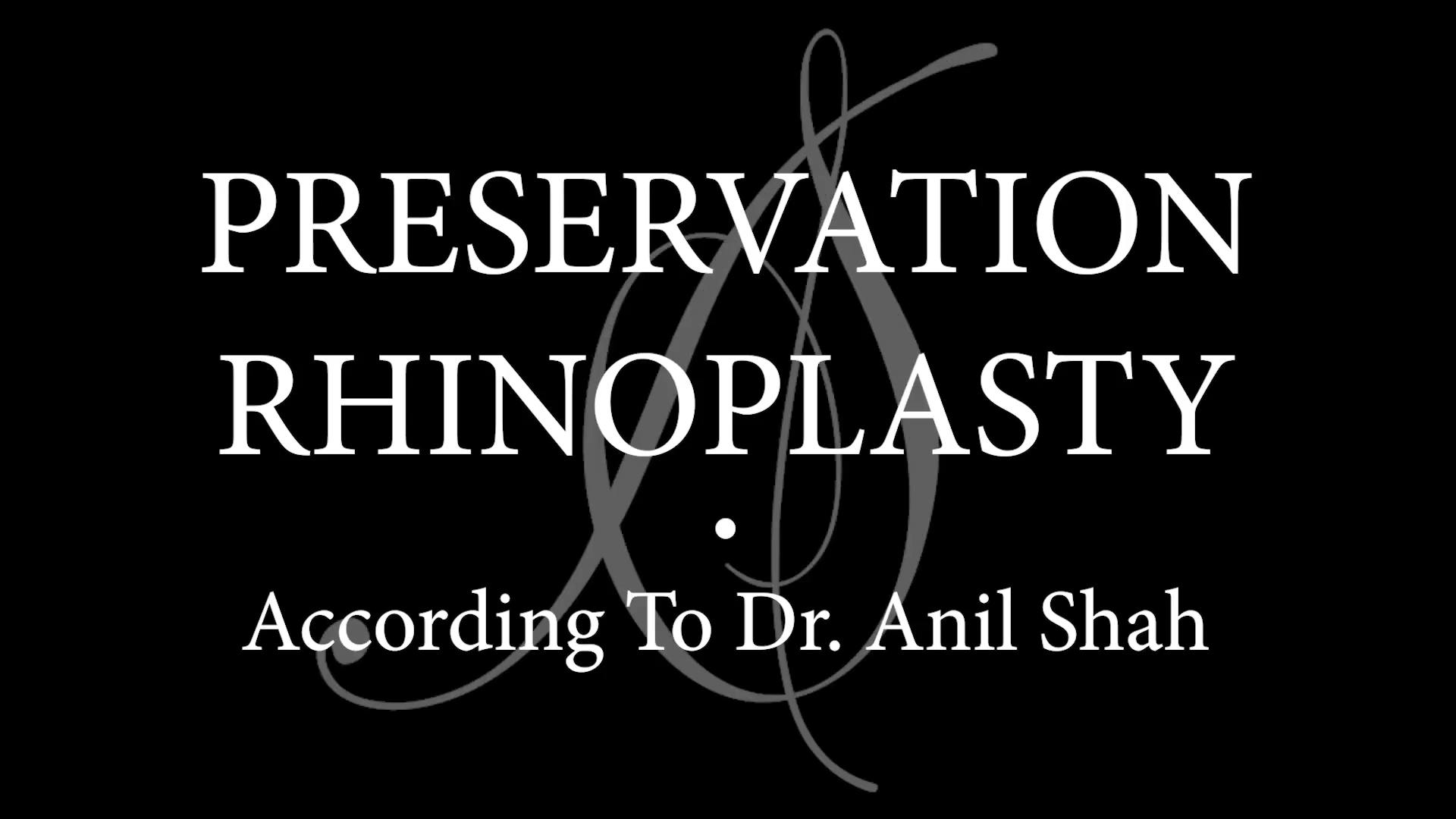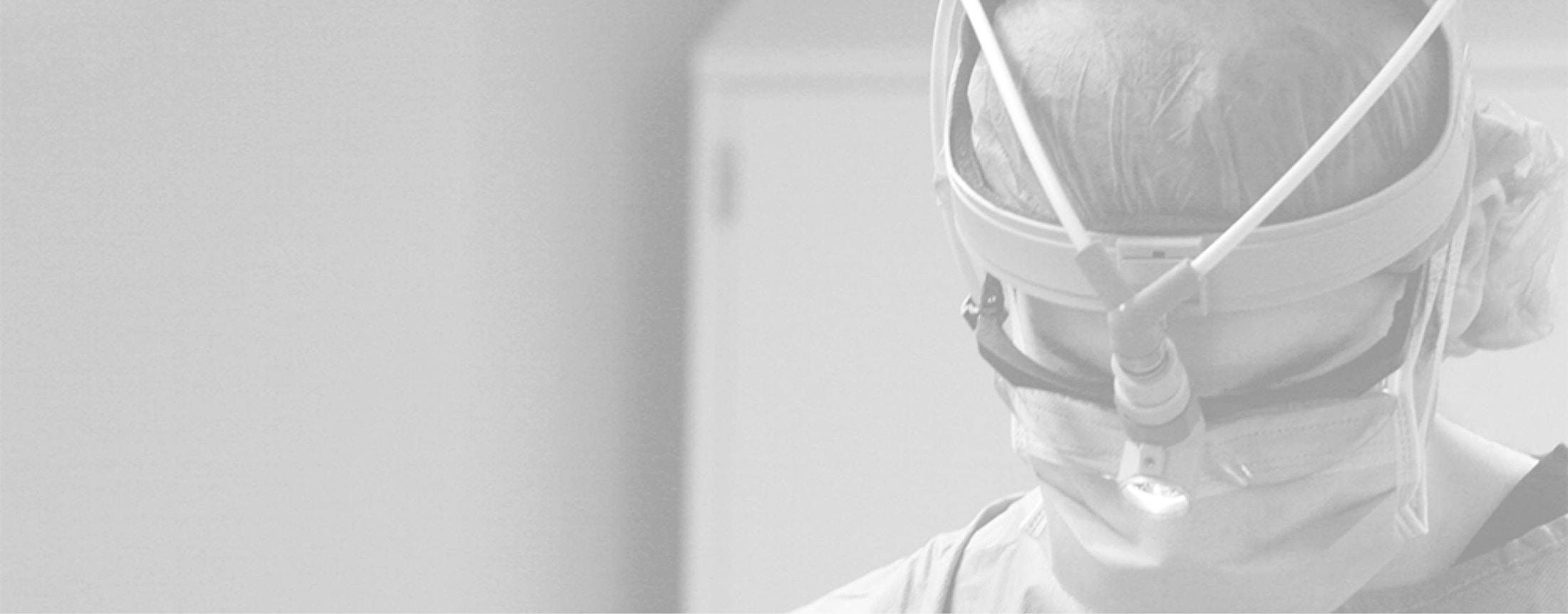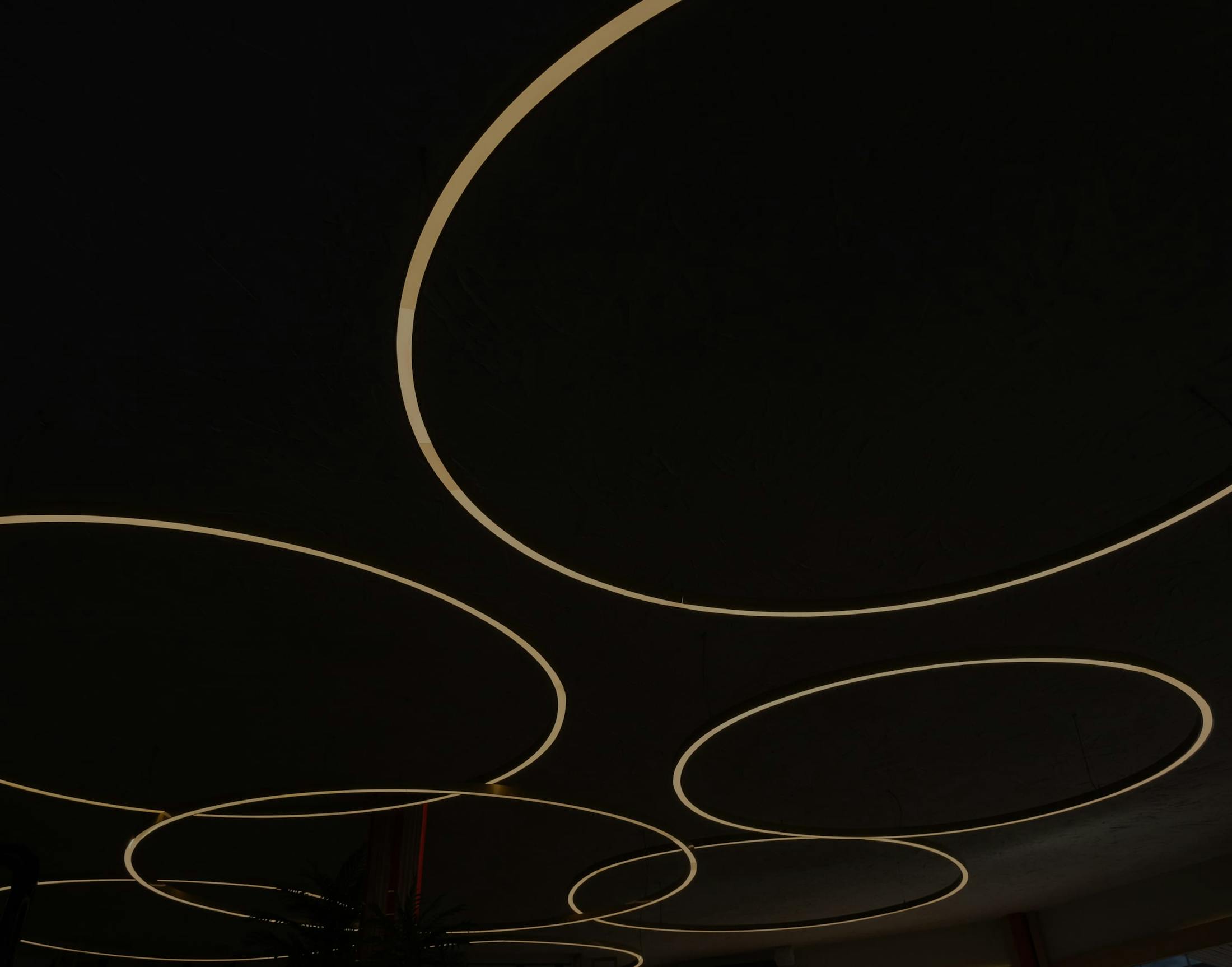According To Dr. Shah | Chicago, IL
Is preservation rhinoplasty a single approach by a single surgeon?
No, it is more of a concept whose principles are put into three categories:
- Preservation of skin and soft tissue
- Preservation of the lower lateral cartilages
- Preservation of the upper lateral cartilages
Interestingly enough, preservation of skin does not mean open or closed but refers to the dissection plane which is subperichondrial. Most surgeons dissect above this plane and experience bleeding. There are also soft tissue structures such as muscle and ligaments which are modified in preservation rhinoplasty and resected in standard rhinoplasty.
Upper lateral cartilage preservation means that the hump is taken down from below the nose and the nose collapses into the airway. This approach has been used in the 1950’s but was determined to have inconsistent results.
The main benefit of this approach is less swelling to the bridge of the nose and theoretically improved nasal dorsal lines from the front view.
Lower lateral cartilage preservation means that the lower lateral cartilages are preserved rather than resected and are reshaped. If the surgeon dissects the cartilages in the subperichondrial plane the cartilages can be reshaped with sutures oftentimes without resection.





